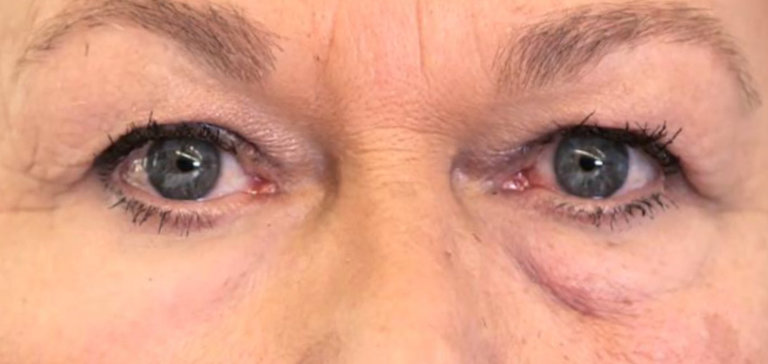New York- Scientists at Harvard and M.I.T., world-wide renown pioneering research centers, have developed an exceptionally elastic invisible film which is applied over one’s original skin for complete concealment of wrinkles and puffy eyes… in other words having a young vital skin once again.
The journal Nature Materials reported on Monday trial studies with 170 subjects. According to the researchers, the “second skin”, what the treatment in being dubbed, is composed of commonly used chemicals considered safe by the Food and Drug Administration, in small trials of it, and so far no one has reported irritation or allergic reactions.
The second skin cannot remain young and vibrant for over a day; however, the originally covered skin proved to become softer and more elastic with a decrease in wrinkles present.
The Monday report describes pilot studies, the first experiment of the product. The researchers say they are not sure yet when they will have enough data to submit to the Food and Drug Administration for marketing approval; they will know more lately this year, according to the New York Times.
The research was funded by a privately owned biotechnology company in Cambridge, Living Proof, and the product is being developed by another also privately owned Cambridge Company, Olivo Laboratories, which holds ownership of the patents.
The idea for second skin originated over a decade ago when Dr. R. Rox Anderson, a professor of dermatology at Harvard Medical School, was approached by Living Proof, which had been working on a polymer to be used as a hair product.
Dermatologists, being verified medical consultants on hair issues, consulted him. Dr. Anderson then asked company executives why couldn’t there be a polymer to put on skin.
“A lot of what happens when we age and skin starts wrinkling and sagging is loss of elastic recoil,” he said. “When we move skin, it doesn’t snap back to what it used to be,” according to what the New York Times Reported.
Dr. Murad Alam, a professor of dermatology at Northwestern University, who also was not associated with the study, was impressed by the new product, however, warned that it was still early.
“This is a first step,” he said, “and all these applications will require further work.” But, he added, if the testing is successful, “I think it will be very popular.”
The chemicals are siloxanes, which in their basic form are made of one atom of oxygen linked to two atoms of silicon, which join to form polymers of long chains of repeating units. The
researchers made a large collection of them by modifying molecular features such as the chain length to get the ones with the properties they wanted.
